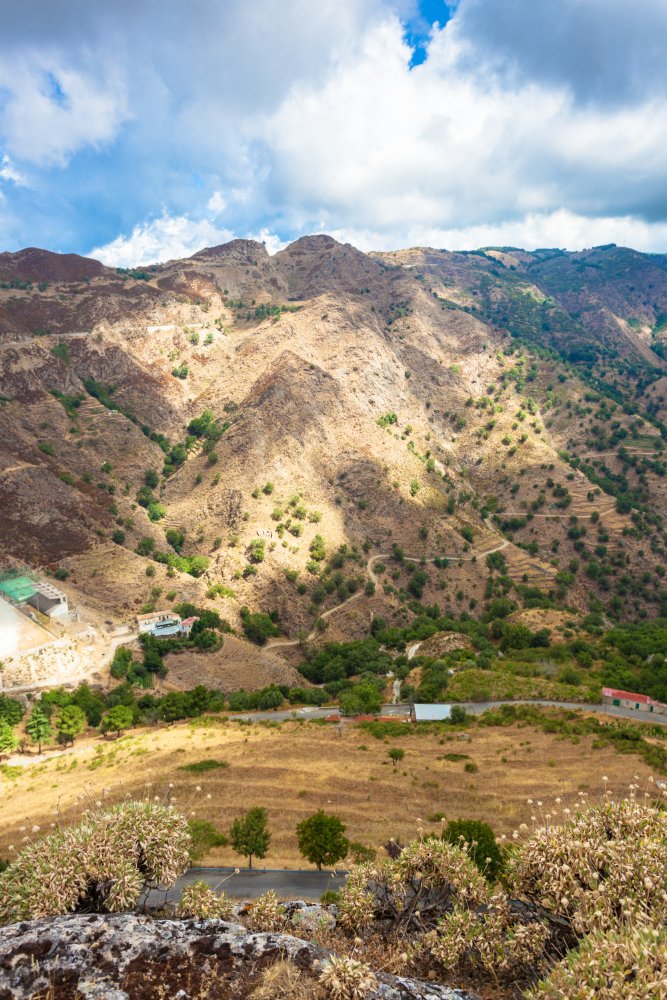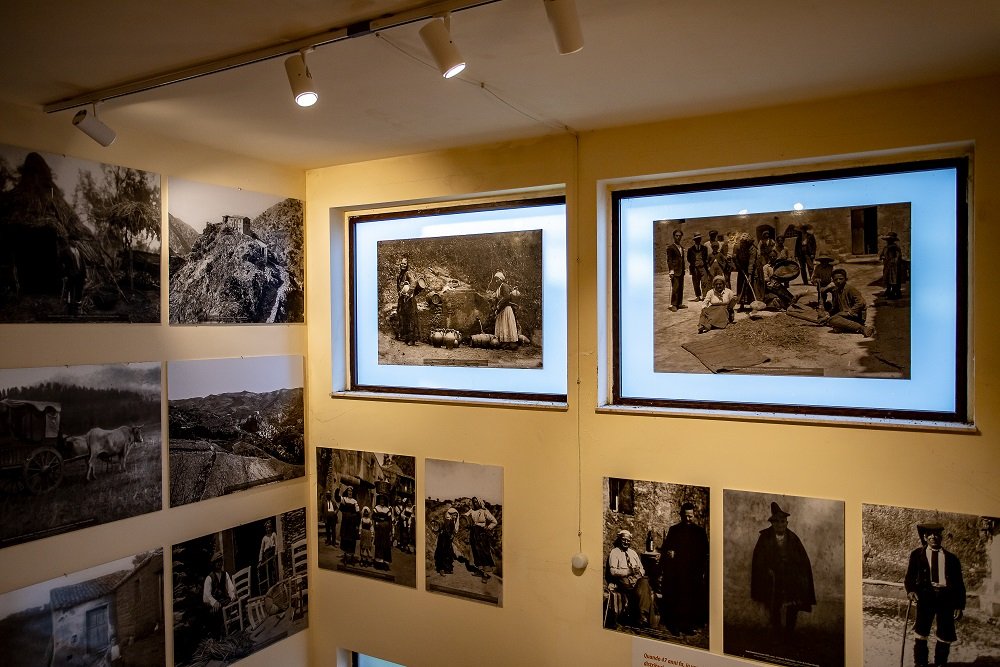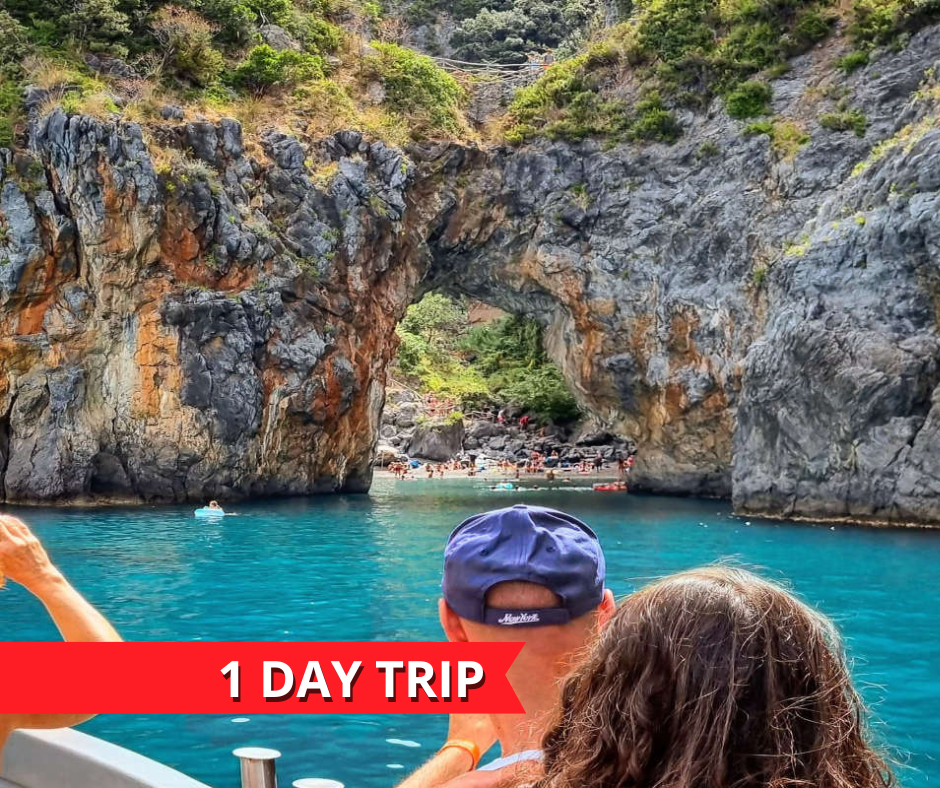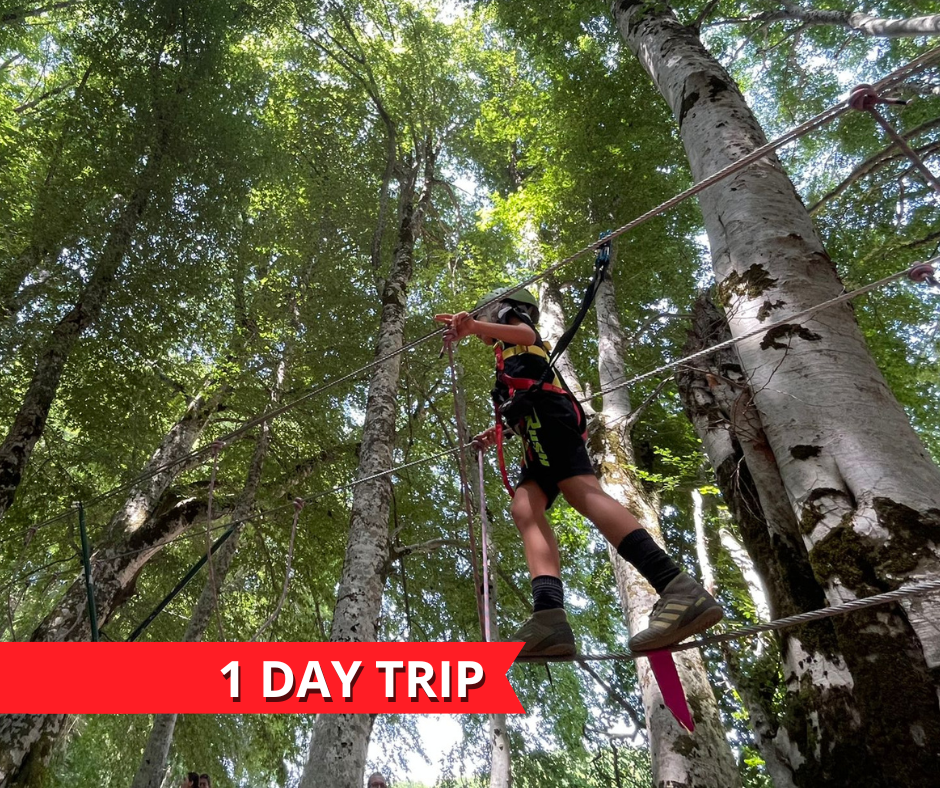The village is perched 820 m above sea level on the eastern slope of Aspromonte and separated from Bova Marina by a road that easily connects the two centres. Its history and vicissitudes have characterised its identity and territory: in the 2nd-6th century B.C., Greek colonists from Locride subjugated the indigenous populations, including the Ausoni, who had inhabited the area since the Neolithic period. In the 5th century, Bova was a fief of the bishops of Reggio, while in the 7th century, Saracen raids drove the inhabitants to take refuge on the mountain side, leaving the coastal area and finding shelter in the ancient Norman fortress. Another strong linguistic influence of Greek derivation occurred between the 9th and 10th centuries, with the Byzantine colonisation, which left indelible signs that can still be seen in the Greek-speaking language still spoken by the population today.
Visiting the village of Bova is an experience not to be missed: you can stroll through the narrow streets and admire the ancient noble palaces with their elegant entrance portals or go in search of the artisan workshops, where traditions linked to the trades of yesteryear such as wood carving and the weaving of wool, linen and cotton still live on. From the town centre, it is possible to reach the balcony of Bova, a vantage point 850 metres above sea level that will give you a view of the entire coastal arc. Bova's past as an ancient bishopric can be seen in the Cathedral of the Madonna of the Presentation dating back to the first centuries AD, which has undergone - over time - several modifications and reconstructions. Another point of interest is the Norman Castle located on a rocky rise, built between the 10th and 11th centuries, of which only the ruins remain today. Also not to be missed is the 17th-century Church of San Leo adorned with elegant 19th-century stuccoes and bearing, on the high altar, the marble statue of St. Leo by Pietro Bernini. Those who want to find out more about the Grecian language can visit the Museum dedicated to the origin of this idiom, while the Civic Museum of Palaeontology and Natural Sciences of Aspromonte will offer a complete overview of the Aspromonte territory and its history. Finally, the Museum of Peasant Civilisation is also very special, dedicated to the village's rural life with a special focus on photographic documents, heirlooms and objects from the past.
The typical products of Bova are all linked to the agricultural and pastoral tradition, deeply connected to the geographical nature of the area. Among the first courses, handmade pasta stands out, such as 'maccarruni' seasoned with goat sauce or 'cordeddi', which resemble long spaghetti in shape. Legume soups, especially chickpea soup, are another typical dish and are often the condiment for 'taglierini', a water and flour-based pasta similar to tagliolini. Main courses include goat meat alla vutana, cooked with white wine, onion and mixed herbs and served with a tomato sauce, and stockfish with potatoes. Also not to be missed are the cured meats and cheeses, made according to ancient traditions and with local meat. Finally, among the desserts, we find the 'lestopitta', a pancake made of flour and water, fried in oil and eaten hot, and the 'scaddateddi', cymino-flavoured doughnuts that were once reserved for wedding guests.
Events in Bova are all about history and tradition. In February, the Carnevale Grecanico is celebrated, while on Palm Sunday the Festa delle Pupazze (Feast of the Dolls) is celebrated, with a procession of large female figures (pupazze) made of olive branches intertwined with flowers and fruit. The procession ends at the Church of St Leo where they receive a blessing. Between July and August, it is the turn of 'Paleariza', a festival in which traditional ethnic and Grecanic music is the protagonist. One of the highlights is the 'Ballo du camiddhu' in which a dancer stuffed with fireworks performs a dance.









